Diving into winter hibernation
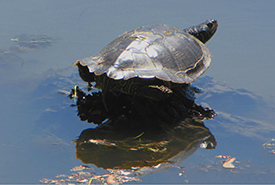
Northern map turtle (Photo by D. Gordon and E. Robertson)
It’s official: winter has made its way across Canada, and isn’t going anywhere anytime soon. Humans layer up to brave the cold, and migratory birds make their way to warmer climates, but turtles have their own way of toughing out the...
If you go down to the woods today...
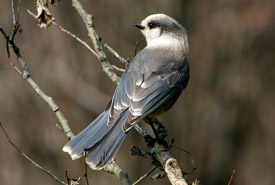
Canada jay (Photo by NCC)
Spending my free time hiking and biking in the Rockies means my chances of a wildlife encounter are not unheard of. Usually it’s just a Canada jay looking for a hand-out, or an indecisive squirrel scurrying back and forth across the bike...
Not to be outfoxed
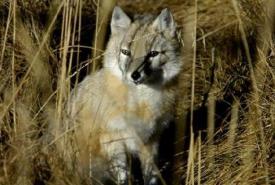
Swift fox (Photo by Karol Dabbs)
Back in 2017, I wrote a blog detailing my ongoing quest to find a swift fox in the wild. A little over two years later, I thought I would provide an update. Since December 2017, I have continued to spend a substantial amount of time wandering the...
The wolverine went over the esker
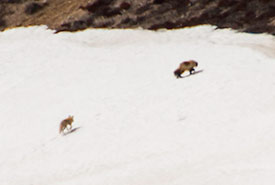
Wolverine going up the esker as the red fox trails behind (Photo by Claire Elliott/ NCC staff)
By Wendy Ho, as told by Claire Elliott It’s not every day that you see a wolverine. These elusive predators have vast home ranges (50–400 square kilometres for males and 230–1,580 square kilometres for females). So, when I not...
An otterly delightful encounter
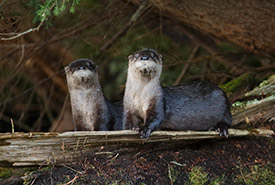
River otters (Photo by Dreamstime)
For as long as I can remember, I’ve been asked the question “what is your favourite animal?” As time passes, this question becomes increasingly more difficult for me to answer. How can I pick just one? My favourite species...
Wallowing: More than scratching an itch for plains bison
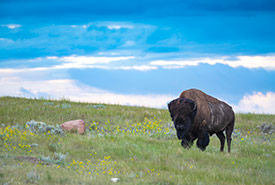
Bison at Old Man on His Back Prairie and Heritage Conservation Area (Photo by Jason Bantle)
Have you ever had an itch that you just couldn’t scratch? Needed to cool down on a hot summer day in the Prairies? Want a new way to show off to the ladies? If you answered yes to any of these questions, have you tried simply rolling around...
Clowns of the sea: the Atlantic puffin
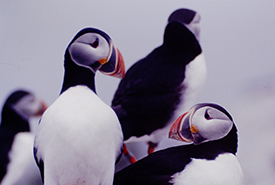
Atlantic puffins (Photo by Laurel Bernard/NCC staff)
The summer of 1999 was a unique one for me. I spent three months living on a small 23-acre (9.5 hectare) island 16 kilometres away from the nearest land. Machias Seal Island in New Brunswick was home to two full-time lighthouse keepers, three...
Unlikely animal pairings: Part two
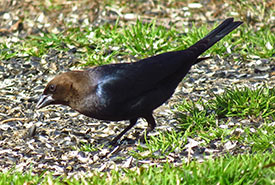
Brown-headed cowbird (Photo by David Dodd CC BY-NC)
This is part two of a two-part series on unlikely animal pairings. Check out part one, the hunting partnership between an American badger and a coyote, here. Another unlikely animal partnership features a bird that is known to take advantage of...
Unlikely animal pairings: Part one
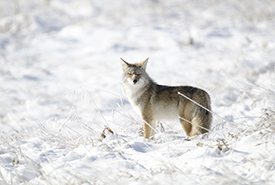
Coyote (Photo by Paul Turbitt)
Have you ever seen the internet stories entitled “unlikely animal friends”? Usually, they are stories about a dog and a cat that sleep together, but sometimes they are about more exotic couplings, like an ostrich and a giraffe, or a...
It’s turtle time!
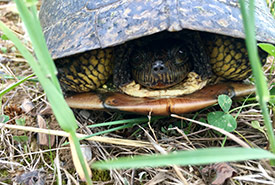
Blanding's turtle (Photo by NCC)
Anyone who drives the winding, hilly roads of Ontario’s Frontenac Arch is familiar with the picturesque views of forest rolling along granite ridges, lakes scattered across the landscape, diverse wetlands and the potential for wildlife...

